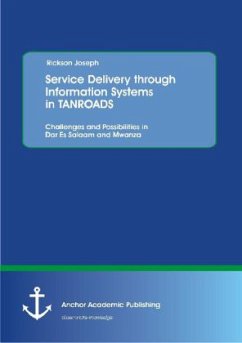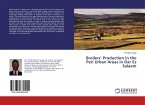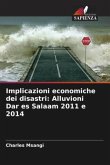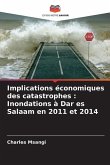This study intends to investigate the status of TANROADS Information Systems and the services offered in Dar-es-salaam and Mwanza. A descriptive design is used as a tool for gathering relevant information to meet the study objectives. Hence, the study critically examines the range of services and the gap experienced in service provision. The study deployed a random sampling procedure to arrive at its findings, i.e., achieving a representative sample from the targeted population from which the data were collected and analysing it by applying descriptive statistics. The findings are presented as figures and in percentages highlighting the relevance of data to TANROADS information systems.
The research has revealed critical factors which would affect the implementation and utilization of TANROADS information systems. Recommendations related to enhance the current status of TANROADS Information systems are presented: (i) adoption of ERP software, in order to co-ordinate the available functional systems, (ii) developing ICT infrastructures and (iii) training the TANROADS employees and the TANROADS Information System users.
The research has revealed critical factors which would affect the implementation and utilization of TANROADS information systems. Recommendations related to enhance the current status of TANROADS Information systems are presented: (i) adoption of ERP software, in order to co-ordinate the available functional systems, (ii) developing ICT infrastructures and (iii) training the TANROADS employees and the TANROADS Information System users.









